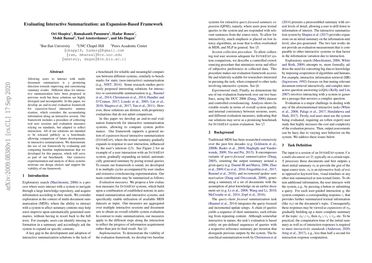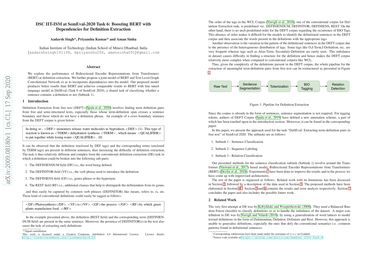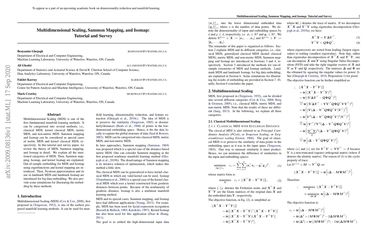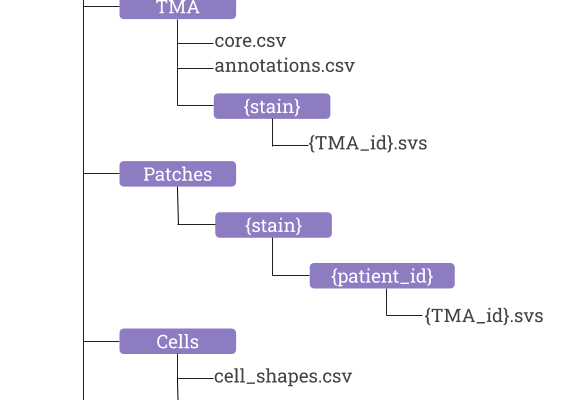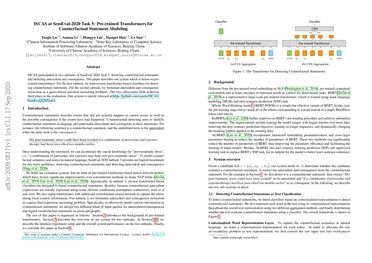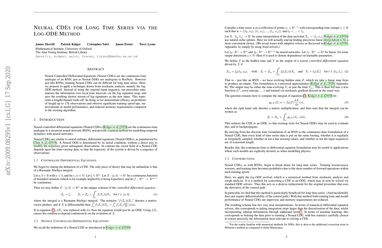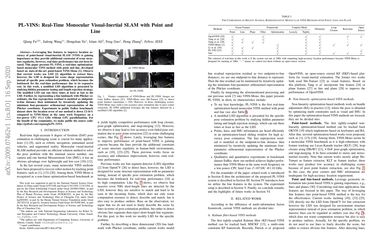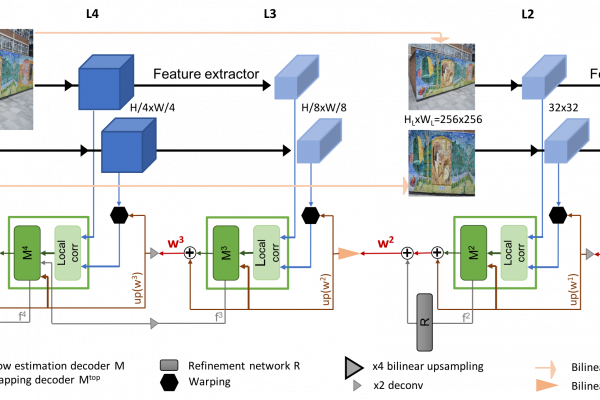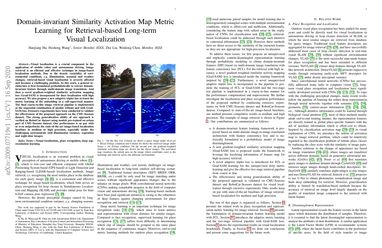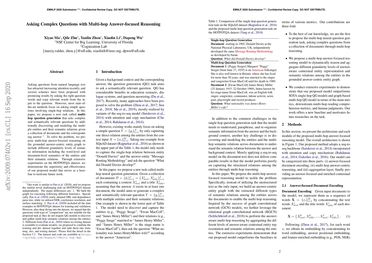Evaluating Interactive Summarization: an Expansion-Based Framework
Allowing users to interact with multi-document summarizers is a promising direction towards improving and customizing summary results. Different ideas for interactive summarization have been proposed in previous work but these solutions are highly divergent and incomparable… In this paper, we develop an end-to-end evaluation framework for expansion-based interactive summarization, which considers the accumulating information along an interactive session. Our framework includes a procedure of collecting real user sessions and evaluation measures relying on standards, but adapted to reflect interaction. All […]
Read more